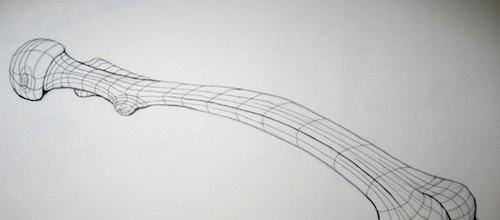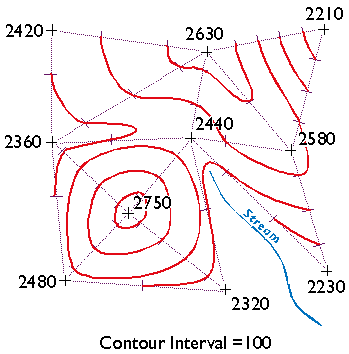
This face should take up most of the sheet of paper that you are given. STEP TWO Draw a contour line drawing of your snarling animal’s face. Your picture should be at least index card sized. HOMEWORK: Bring in a picture (photocopy/book/magazine) of a snarling animal face. This will give you a feel for what it is like to only look for lines when drawing. The road follows the natural contours of the coastline. STEP ONE During the remainder of class today draw at least two contour line drawings of your hands. contour the outer edges of something the outline of its shape or form. Your finished work will look something like this: ĭO NOT PANIC!!! We are going to do this together, step by step. These lines join points having equal elevated heights, above a predetermined level, normally the. A fundamental basis of drawing, contour lines are. In cartography, a contour line is normally called a contour.

You will add india ink, colored pencil, and permanent marker to finish. A contour line defines the outline of a form, as well as interior structure, without the use of shading.

After this drawing is finished, you will add drawn “wrappings” around the animal to show volume and shape. PROJECT You will be creating a contour line drawing of a snarling animal. Pencil drawing, ball point pen and black markers are good practice tools. More complex contours can imply shading values through interior outlines (top right), may have line textures or be contrasted with mixed media. A plain contour has a clean, connected line, no shading and emphasizes an open 'shell' of the subject. Negative space drawing.CONTOUR LINE Definition Contour means 'outline', and presents exterior edges of objects. Now that you know what contour line is and how it can help your drawing let’s take a lookĪt the flip side of the contour coin. Look at the both the outer and dominant inner contours of your subjects to see if they are interacting negatively with each other. When setting up a still life to draw look at the outline shape to pick the most interesting angle of your subject.īe aware of bad tangencies (the line of one object awkwardly running into another object)Įven if you have drawn beautiful subjects, tangencies can easily wreck your drawing and make it look wrong.

We will talk about composition in detail later but here are some good tips to remember. Inner contour elements different ways until you find just the right level of detail forĪnother very important use of the contour is with composition. Contour drawing is the place where most beginners start, following the visible edges of a. Handle these elements will become part of your personal style. A contour is the line which defines a form or edge - an outline. The essentials and often eliminate any pattern or texture. I like to simplify a lot of the inner contours to just

Will help you to identify the large overall shape and give you an easier Doing yourĪfter I get the main block-in I can start breaking the largeįorm into smaller inner shapes, making corrections along the way.īeing able to see the outer contour of your subjects I start by drawing the big general shape the best I can.īe aware that this is just my best first attempt. (in an upcoming lesson we will look in detail at the block-in.) Simplify the shapes and help you see the outline more clearly). Now focus on just the big outer shape (squinting will It’sĮasy to get overwhelmed by all the different lines and shapes. If you can see the big outer silhouette you can drawĪ simple containing shape to fit your subject into. The key is to look past the inner contours at first and focus on Now that we have a definition for contour line, how do we But for now just be aware that shadows are a separate drawing element. We will get into detailed lessons about shadows in Drawing Essentials: Level 3. Shadows are their own element and are very important in showing the form of objects. I don't consider shadows to be contour lines at all.


 0 kommentar(er)
0 kommentar(er)
